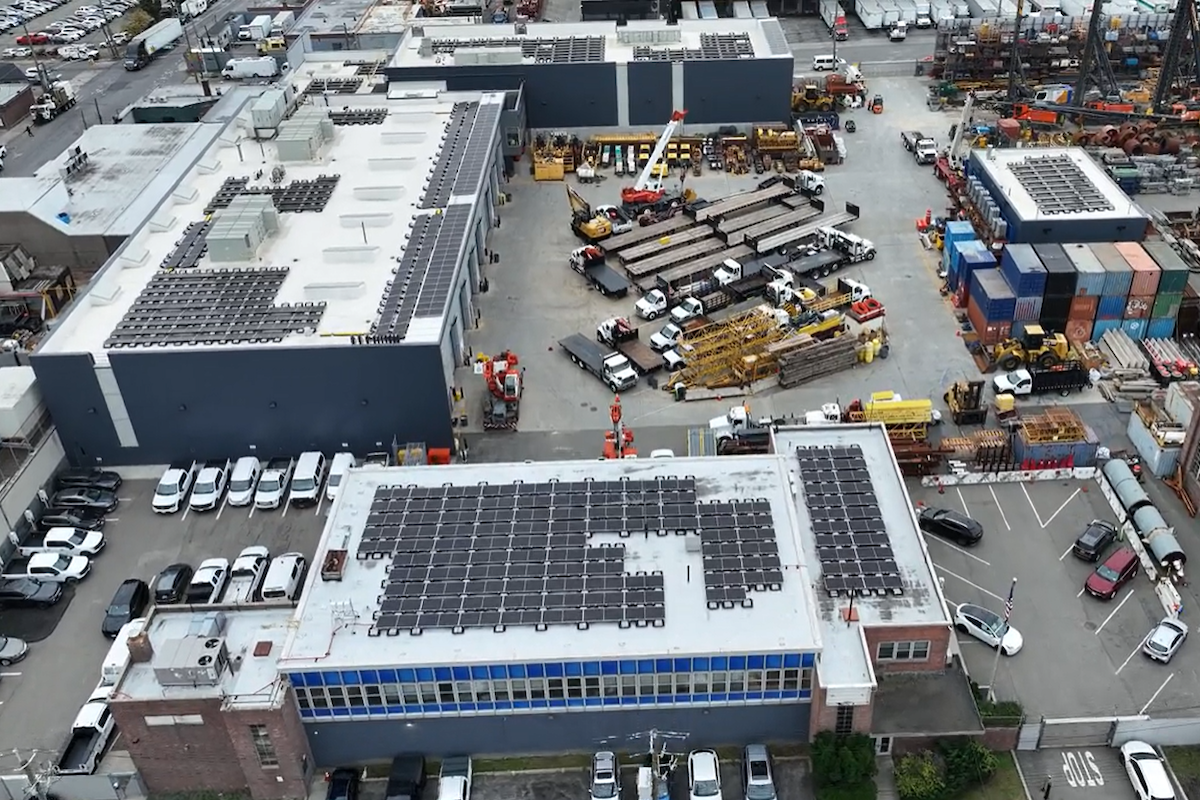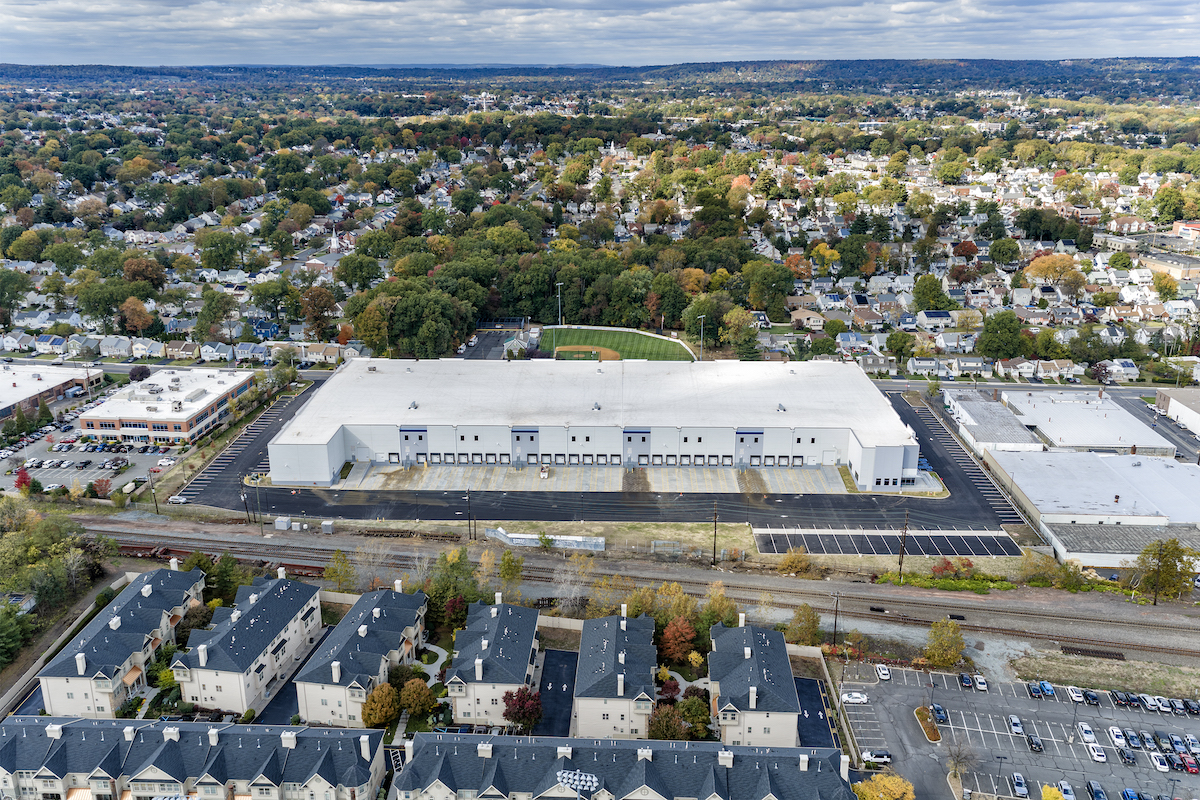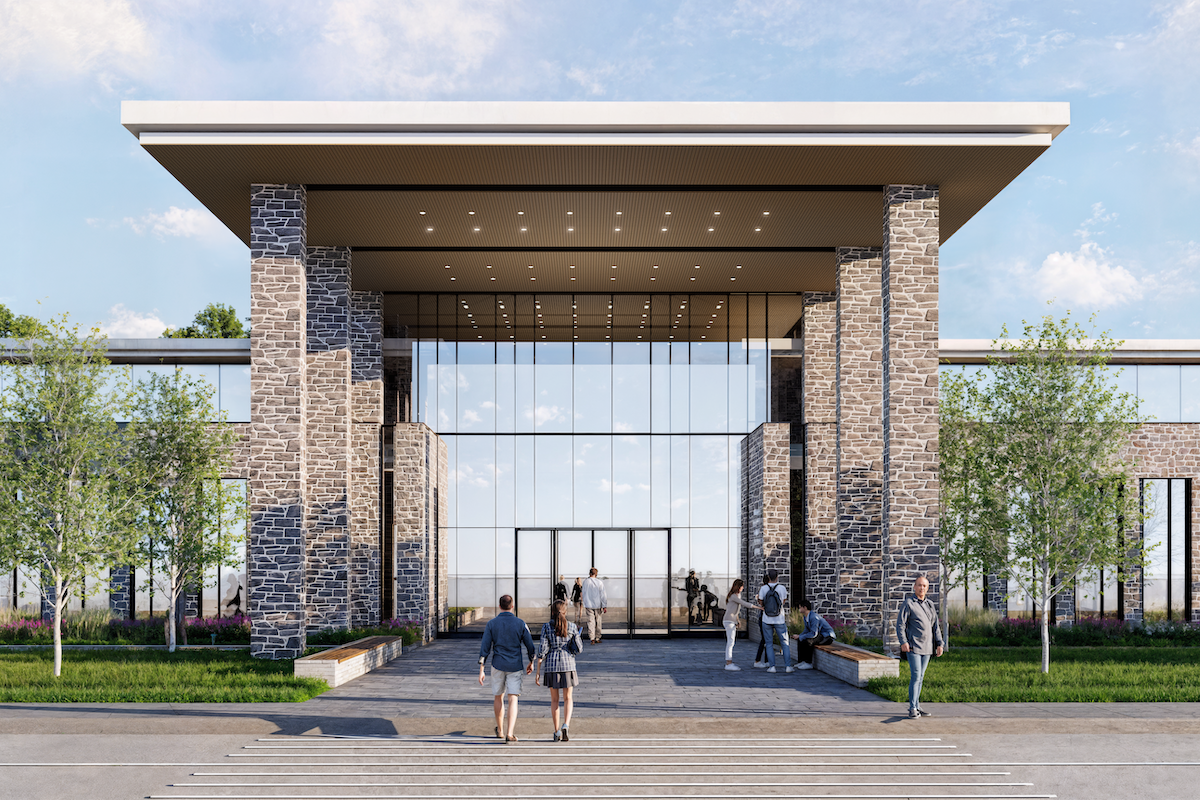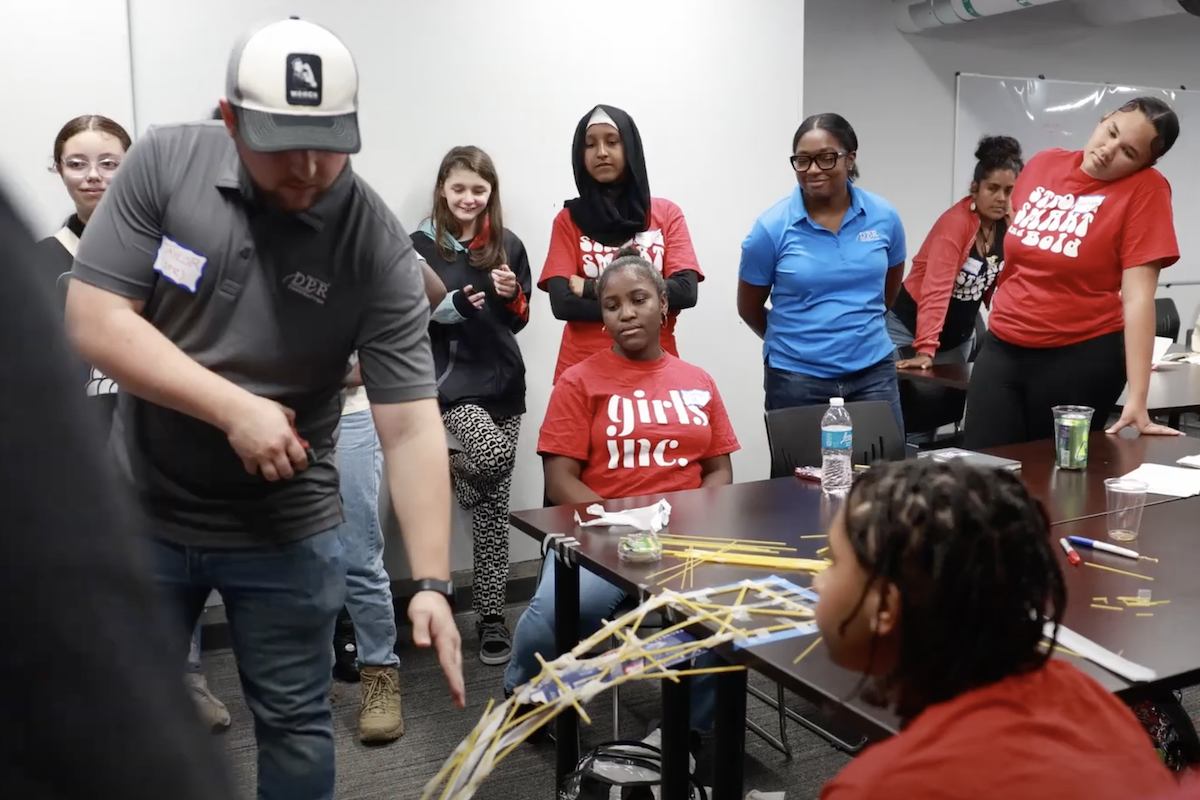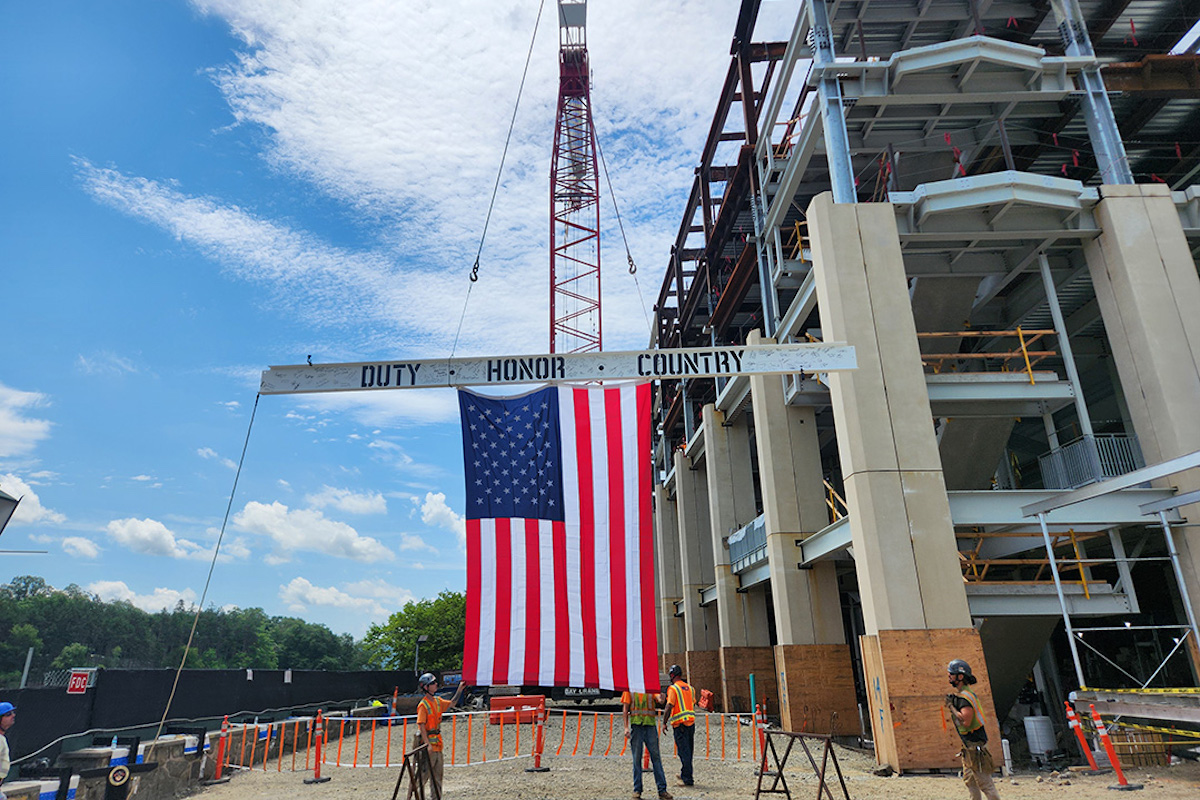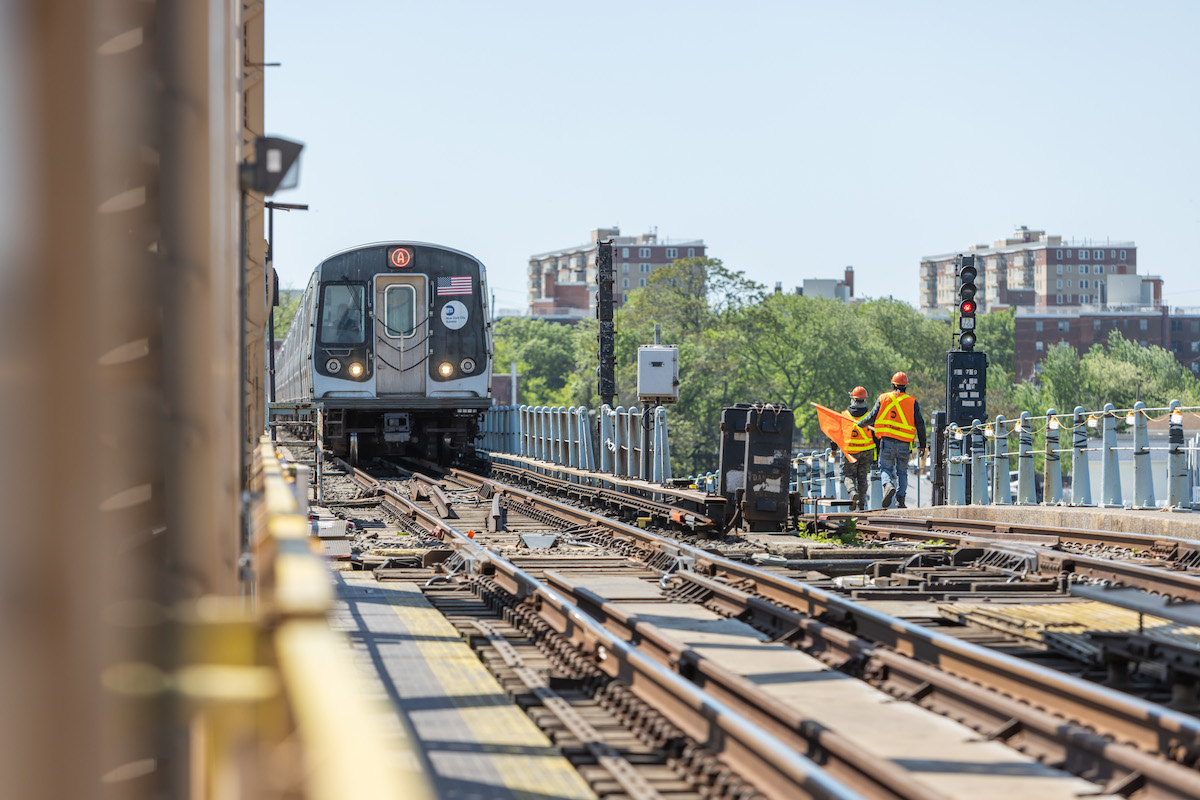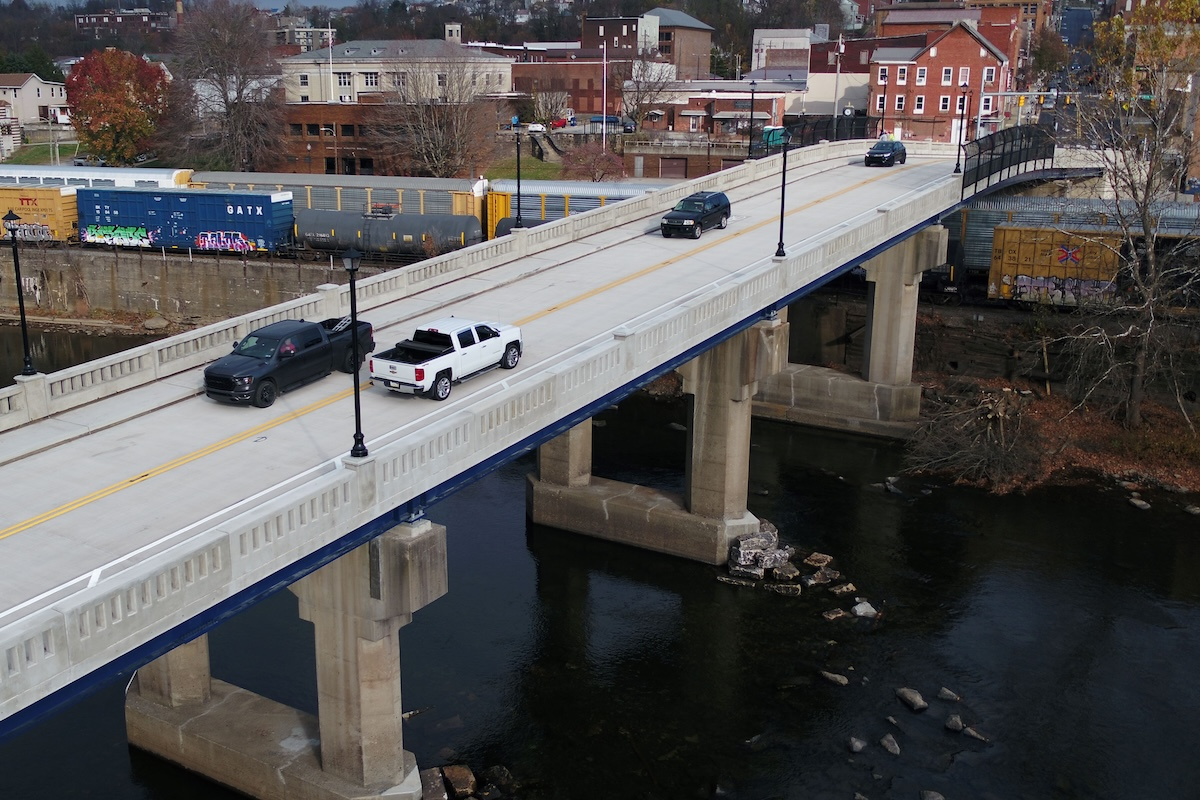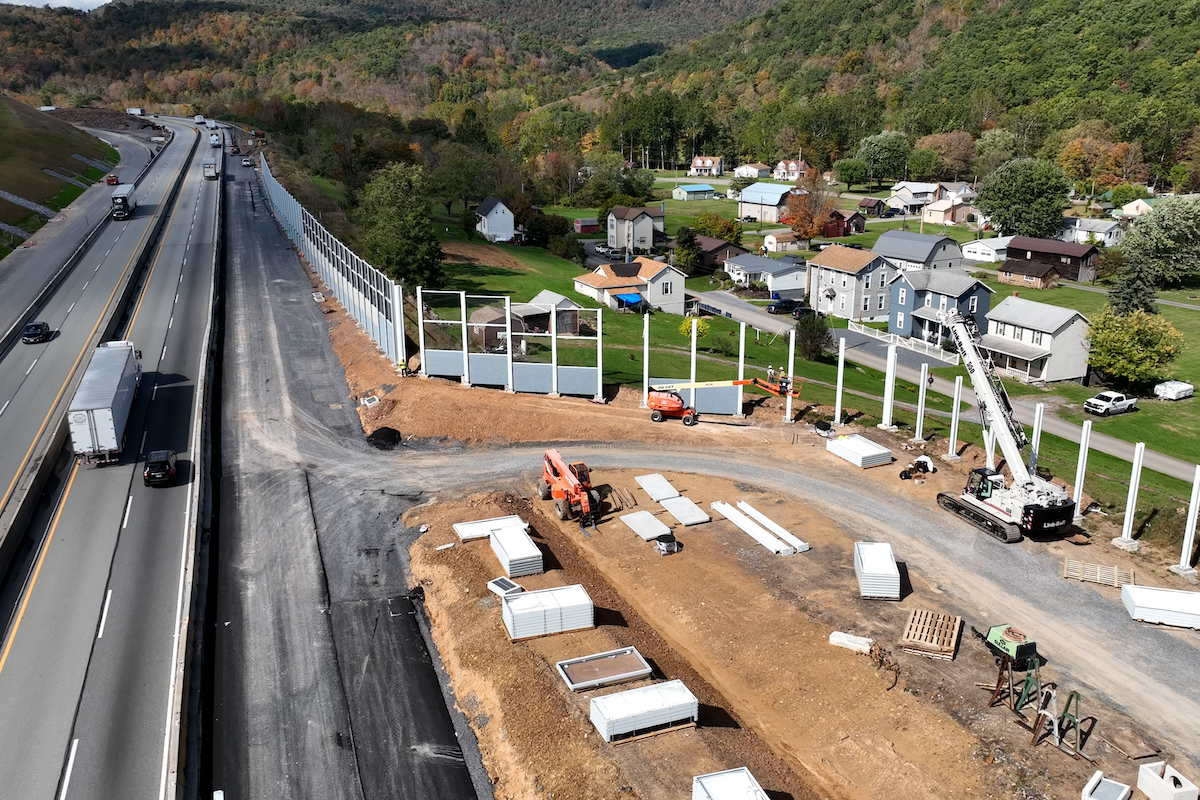The Steel City, Three Rivers, Carnegie Museum of Art, and The Terrible Towel — these are just a few things that might come to mind when one thinks of Pittsburgh, Pennsylvania. Paul Hoback, Chief Development Officer/Executive Vice President of the Allegheny County Airport Authority, is striving to add to that list of memorable things about the city by redesigning the Pittsburgh International Airport.
In 1992, Pittsburgh International Airport opened a new terminal. At that time, US Airways (founded in Pittsburgh before becoming a national airline) was the dominant airline in the airport. They determined the design.
During that era, Pittsburgh’s airport primarily served as a connecting hub. The great majority of passengers were connecting passengers. They went from one airport gate to another without entering the city.
The airport experienced dramatic change after 9/11. US Airways went through hard times, and it eventually merged with American Airlines in 2015. They dropped Pittsburgh as a hub in 2004, and the airport saw a dramatic decrease in traffic.
Since then, Pittsburgh International Airport has shifted and become an origin-and-destination (O&D) facility. In 2000, the airport served approximately 20.5 million, and 80 percent were connecting passengers. In 2024, the number is on pace to be approximately 10 million passengers, but the vast majority are O&D passengers.

| Your local Trimble Construction Division dealer |
|---|
| SITECH Northeast |
| SITECH Allegheny |
After US Airways dropped Pittsburgh International Airport as a hub, usage dropped dramatically. This impacted revenue, so funds for non-essential maintenance and facility upkeep were limited. The facilities aged. In 2015, the airport authority developed a master plan and recognized that the current terminal had reached the end of its useful life.
The need for a new terminal is also due to how passengers use the airport. The majority are no longer going from one gate to the next but instead are coming to and from the Pittsburgh region.
Currently, the airport has one landside and one airside terminal, with passengers shuttling between the two. There is a people mover train to deliver passengers to gates, 8 miles of baggage belts, and 75 gates.
Upon completion of the project, the airport will be right-sized. It will have one three-story 811,000-square-foot terminal. The top floor is for departing passengers, the middle floor is for arriving passengers, and the ground floor is for people to get on- and off-ground transportation and entry.

| Your local Trimble Construction Division dealer |
|---|
| SITECH Northeast |
| SITECH Allegheny |
The number of gates is being reduced to approximately 63, and the new, more efficient baggage system is shorter and more efficient. The people mover is being eliminated.
Besides being more appropriate based on passenger usage, the new airport layout will also be more efficient. Hoback expects operating and maintenance costs to be $20 million less per year.
Unlike the previous design, the new terminal is inspired by the city of Pittsburgh. “Today, there are many airlines that use the facility, so the airport should represent the region and serve as the front door,” Hoback said.
The Allegheny County Airport Authority is serious about this desire. They gathered the design team and took them on a three-day cultural immersion to understand Pittsburgh on a deeper level. The team decided to focus on three elements — nature, technology, and community. The design was developed with the goal of incorporating these elements.

| Your local Trimble Construction Division dealer |
|---|
| SITECH Northeast |
| SITECH Allegheny |
Examples of this include:
- A rolling roof and ceiling let in natural light and represent the rolling hills in the region. Airport users can peer through the glass to look outside.
- The pavilion faces a forest, and the surrounding landscape brings nature to the forefront.
- Structural columns are designed to look like trees and have branches of different sizes and shapes.
“People come to our airport to meet and greet at our airport,” Hoback said. Therefore, the design includes a space where those people can enjoy concessions while waiting for loved ones to come through.
The region is supplying materials, as 90 percent of them are local. A local steel fabricator involved with significant projects around the country is contributing to the project. Locally sourcing benefits has the added benefit of helping the project aim toward LEED Gold certification.

| Your local Trimble Construction Division dealer |
|---|
| SITECH Northeast |
| SITECH Allegheny |
“An airport construction project is like changing a tire on a speeding car,” Hoback said, “because we can’t afford to shut down and stop moving people safely and securely.” The challenge is exacerbated because the construction crew arrives around the same time as the operational peak of 4 to 7 a.m.
Overcoming these challenges has been made easier by working with the airport authority’s Federal Aviation Administration partners on logistics from the beginning. They decided to close one of the airport’s taxiways and use it for a construction roadway to transport materials, equipment, and crew.
The airport includes seven underground tunnels between the landside and airside terminals. These tunnels (package, people mover, utilities, etc.) need to be maintained during construction. So, the team built a structure that stands 10 feet over the people mover tunnel and other tunnels.
The structure required careful design. Hoback credits the team. “The airport authority put together an incredible team,” he said.

| Your local Trimble Construction Division dealer |
|---|
| SITECH Northeast |
| SITECH Allegheny |
The team includes the joint venture of PJ Dick and Hunt Construction Group. Turner Construction is focused on the parking garage and rental car facilities. The architects are Gensler + HDR, in association with luis vidal + architects.
“We use innovative, teambuilding workshops to solve problems,” Hoback said. As part of the consultant selection process, companies were required to solve problems to gauge “…how we work together and to determine if they fit into our culture.”
That appreciation extends to the subcontractors and others doing the day-to-day work. At this point, many tradespeople are on the job site, as the team has ramped up work on the interior. Hoback regularly walks through the construction site, shaking hands with the crew, thanking them, and listening to their concerns. He also hosts worker lunches to discuss how things are going in the field.
That appreciation impacts how Hoback and the airport authority approach safety. “We’re growing local contractors to make them safer,” he said. “We have a partnership with OSHA because we want the owner to drive safety on this project.”

| Your local Trimble Construction Division dealer |
|---|
| SITECH Northeast |
| SITECH Allegheny |
The project began in the fall of 2021, and completion is expected in 2025. The plan is to take three to four months before the opening date of the new terminal for testing. Crews will run trials to ensure things work so opening day will go smoothly.
The $1.57 billion modernization project is being funded through airport revenue bonds, and the funding is coming primarily through airline rates and fees. Local foundations are contributing to the artwork expenses. The price tag is approximately 12 percent above the original projection. However, construction costs in the region have risen 30 percent during this period. At the same time, the airport’s airline partners unanimously approved the budget.
The new terminal is already having a major impact on the region. It has created 14,300 direct and indirect jobs and resulted in 2.5 billion in economic activities. Hoback and the team are focused on the future. The aim is to create a great passenger experience from the moment they enter the airport.
“I was walking through the airport with Luis Vidal, who is very detail oriented, and he was looking at the craftsmanship,” Hoback said. “He said, ‘I’ve never seen such high quality of work.’”

| Your local Trimble Construction Division dealer |
|---|
| SITECH Northeast |
| SITECH Allegheny |
It was a moment of pride for Hoback. “I hope the terminal instills a sense of pride in the people and they remember we do things a bit differently in Pittsburgh, and that we’re damn proud.”
- Owner: Allegheny County Airport Authority
- General Contractors: PJ Dick, Pittsburgh, Pennsylvania; Hunt Construction Group, Indianapolis, Indiana; Turner Construction, New York, New York
- Project Designers: Gensler, New York, New York; HDR, Omaha, Nebraska; in association with luis vidal + architects, Madrid, Spain
- Other Key Partners: Jacobs, Dallas, Texas; Paslay Group, Irving, Texas; Michael Baker International, Pittsburgh, Pennsylvania



















